CPS plans phased reopening for second quarter despite criticisms
Lincoln Park High School, located just blocks away from DePaul’s campus, is part of CPS. (Photo courtesy of Kseferovic | Wikimedia Commons)
Despite surging Covid-19 cases, Chicago Public Schools plans to initiate the first stage of phased reopening in November with preschoolers and special education students returning to in-person instruction, per an Oct. 15 announcement.
The second quarter will begin remotely for all students and phase in the two groups of students — with additional grades being added as early as January.
The plan — published on the district’s website — mandates face coverings and daily screenings for anyone entering CPS buildings.
One hundred of the 400 new janitors have been hired for the upkeep of facilities along with 10 contact tracers.
CPS budgeted $3.5 million toward obtaining 50,000 gallons of hand sanitizer for high-traffic areas, with the district also investing $2 million into obtaining 86,000 containers of disinfectant hand wipes.
CPS also announced all data pertaining to cases will be made public with a tracking system after rallies were held by concerned parents. As it stands, 318 adults and eight students have contracted the virus, according to the data.
The plan’s website also detailed an “audit of all schools to ensure every classroom is properly ventilated and inspected by an independent industrial hygienist.”
In response to the announcement, the Chicago Teachers Union put out a statement condemning the move.
“[Mayor] Lightfoot and CPS are planning to announce shortly that special education students — children who are among the school district’s most medically vulnerable students — will be learning in-person in November, along with the District’s littlest learners,” the statement read. “That move defies the science and puts thousands of students, family members and educators at risk from the deadly pandemic.”
The statement added that the move will also defy CPS standards set this past summer.
“The district said that the city should be showing fewer than 400 new cases daily based on a seven-day rolling average, or fewer than 200 new cases daily if those numbers come with concerning epidemiological factors like rapid increase of cases and inadequate hospital capacity,” the statement read.
Marie Donovan, an associate professor in DePaul’s College of Education, said while the move offers benefits to children — such as social and emotional learning — it’s turned into a “logistical nightmare” for educators.
“It’s great to be back in school,” Donovan said. “But you know what, that when you can’t sit next to your friends, you can’t share any new technology, you can’t share a marker, not when you can’t go and have a small group sit crisscross applesauce on the rug together, you know, you have to be six feet apart.”
She added that it’s difficult for teachers to keep students socially distant, citing conversations with colleagues working in these facilities.
“For the extended adult perspective, as a teacher, you have the job you’re showing up to do. It’s difficult to keep children together,” Donovan said. “Socially, physically distant. That just is antithetical to how we do early childhood.”
CPS special education preschool teacher Meredith O’Malley said she is hesitant to return to school.
“I am worried,” O’Malley said. “There were a lot of questions that were unanswered. They hadn’t consulted with the union which was really disappointing to hear.”
Covid-19 positivity rates are rising throughout the city. Several neighborhoods have positivity rates in the double digits.
“Back in the summer, CPS said that we would not be going back in-person if the positivity rate was over 4 percent,” O’Malley said. “They keep changing their numbers. At this point it doesn’t seem like they’re considering neighborhoods where the positivity right is in the double digits.”
Students with special needs may require multiple adults assisting them throughout the day. O’Malley said she believes that CPS may not have considered this completely.
“We have other service providers who include occupational therapy, speech therapy, physical therapy,” O’Malley said. “They come into our classroom to provide services, and for right now, CPS is saying that they can technically move around to numerous different pods. But when you look at the number of kids that are in a pod, it’s a pretty significant number.”
“Many of my students don’t have the means to function independently in terms of covering coughs and sneezes,” O’Malley added.
O’Malley said she thinks it doesn’t seem possible for her students with sensory issues to wear a face covering. She added that some of her students could medically opt out of wearing a face covering but would put other students at risk.
O’Malley said she thinks that CPS should reintroduce in-person school to a different student population.
“We think that probably the best way to start reintroducing school into communities would be with a population that is K to fifth grade students who are old enough and don’t need as much support with wearing a mask and staying socially distant,” O’Malley said. “We think it’s just a little unfair to have preschoolers and students with special needs to populations where they’re young and they need a lot of adult support to function throughout their day.”
Citing conversations with colleagues, Donovan said her biggest worry about the re-opening is transmission to adults working in these facilities.
“The power of being back in school is that the children will be with teachers who care so much, and they will do their job,” Donovan said. “And I just hope they don’t die in the process.”


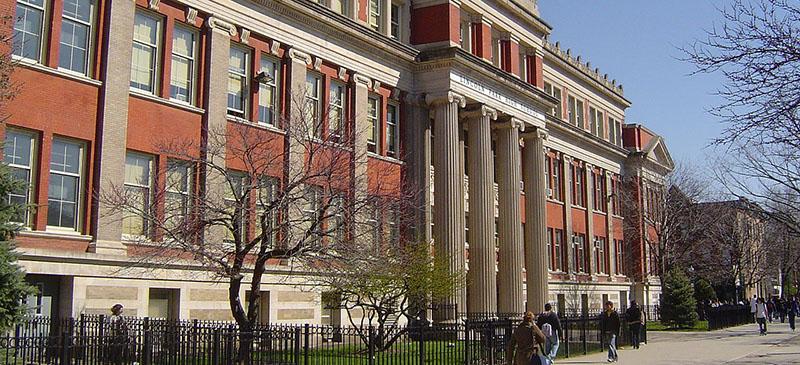
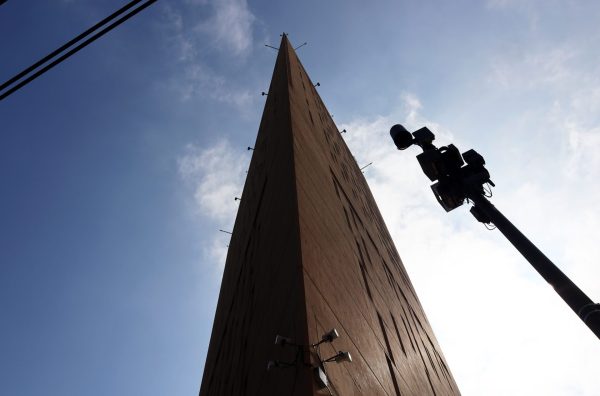
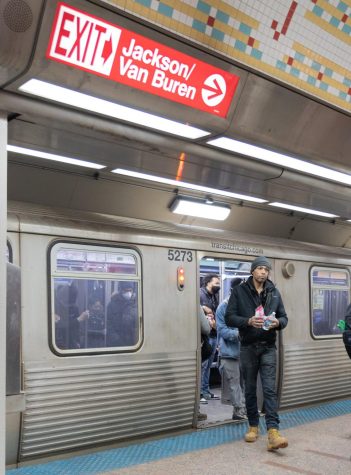

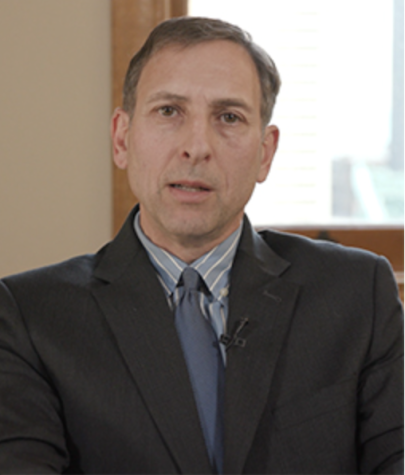
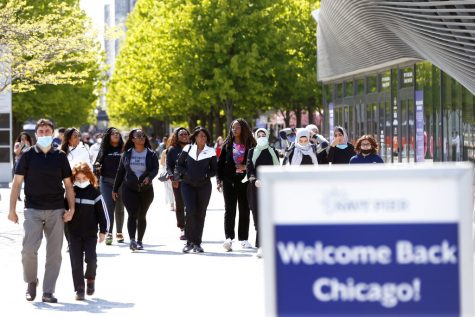
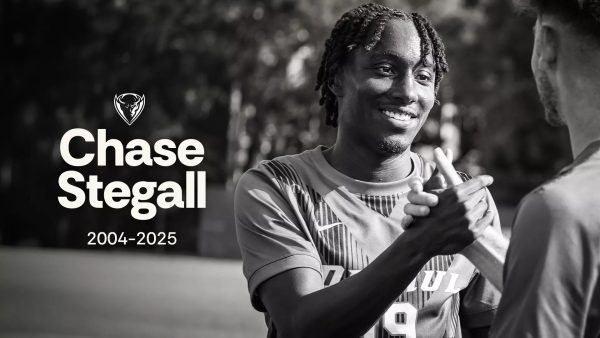
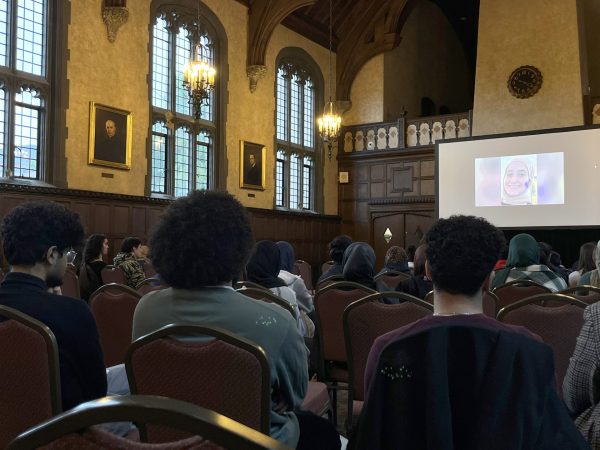
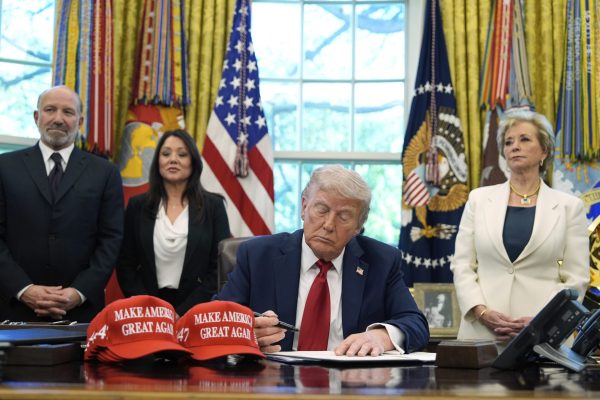
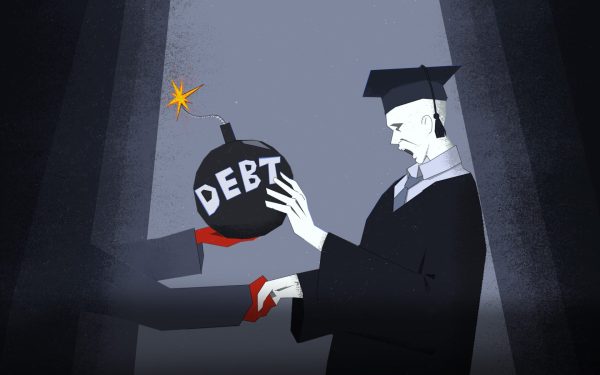

Jan Peczkis • Nov 9, 2020 at 1:00 pm
Despite high covid numbers, there is no evidence for widespread in-class covid transmission in schools that have long opened.
To CPS: Open up the schools!
Do not listen to the naysayers and the scaremongers.
Suzie Spencer • Nov 9, 2020 at 6:31 am
I am an educator for 19 years, It is unbelievable that CPS is pushing for in person learning. They need to hold these parents accountable for their childrens / oud students not being on remote learning. They don’t to help the students stay in compliance with CPS guidelines. All they want to do is pont the finger @ someone other than themselves.
It was difficult keeping students in cluster program with disabilities separate @ times before the COVID-19 arrived.
All this nonsense conversation that THE BOSSES ADMINISTRATION IS THROWING OUT HERE, THEY ARE NOT GOING TO ENGAGING WITH THESE STUDENTS IF THEY SO HAPPEN TO RETURN TO THS SCHOOLS.
I know from experience parents sends the students to school sick, don’t answer their phone when you call the to come pick up the students.
One minute they following the scientists reports, then next they making their making their on reports and decisions.
The individuals making the decision to return to in school learning they should be the first one to teach & deal the students & parents with senseless thinking. I think its so unfair & unprofessional. Remote learning is working for those who making sure their kids are doing what they should be doing to get an education.
No it’s not the 100% perfect solution for what we are encountering, but you should be trying to keep individuals safe & alive.